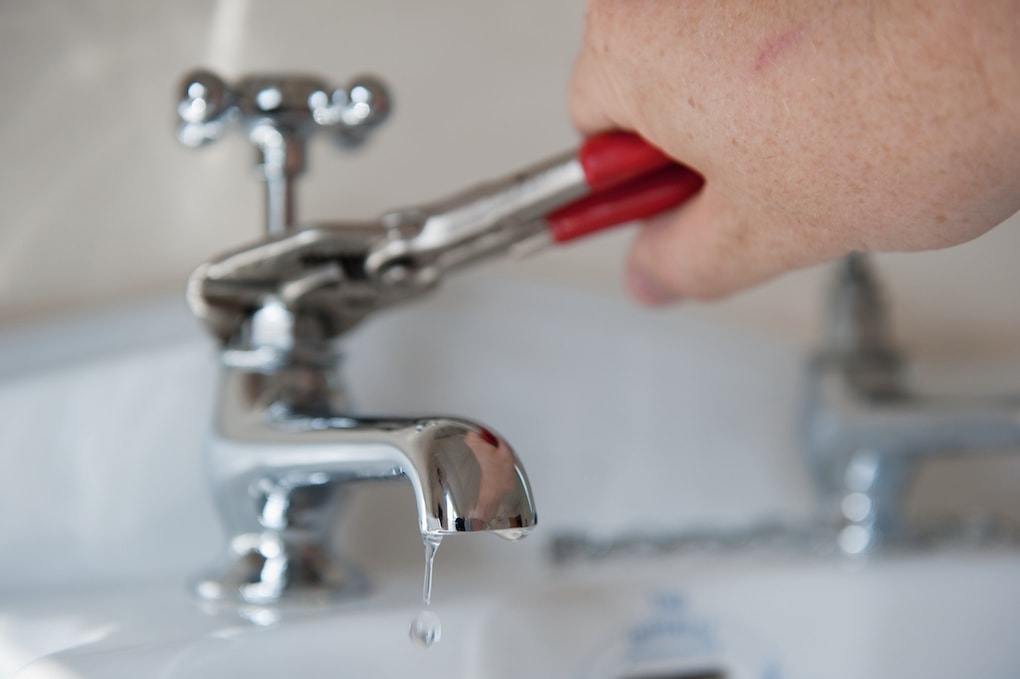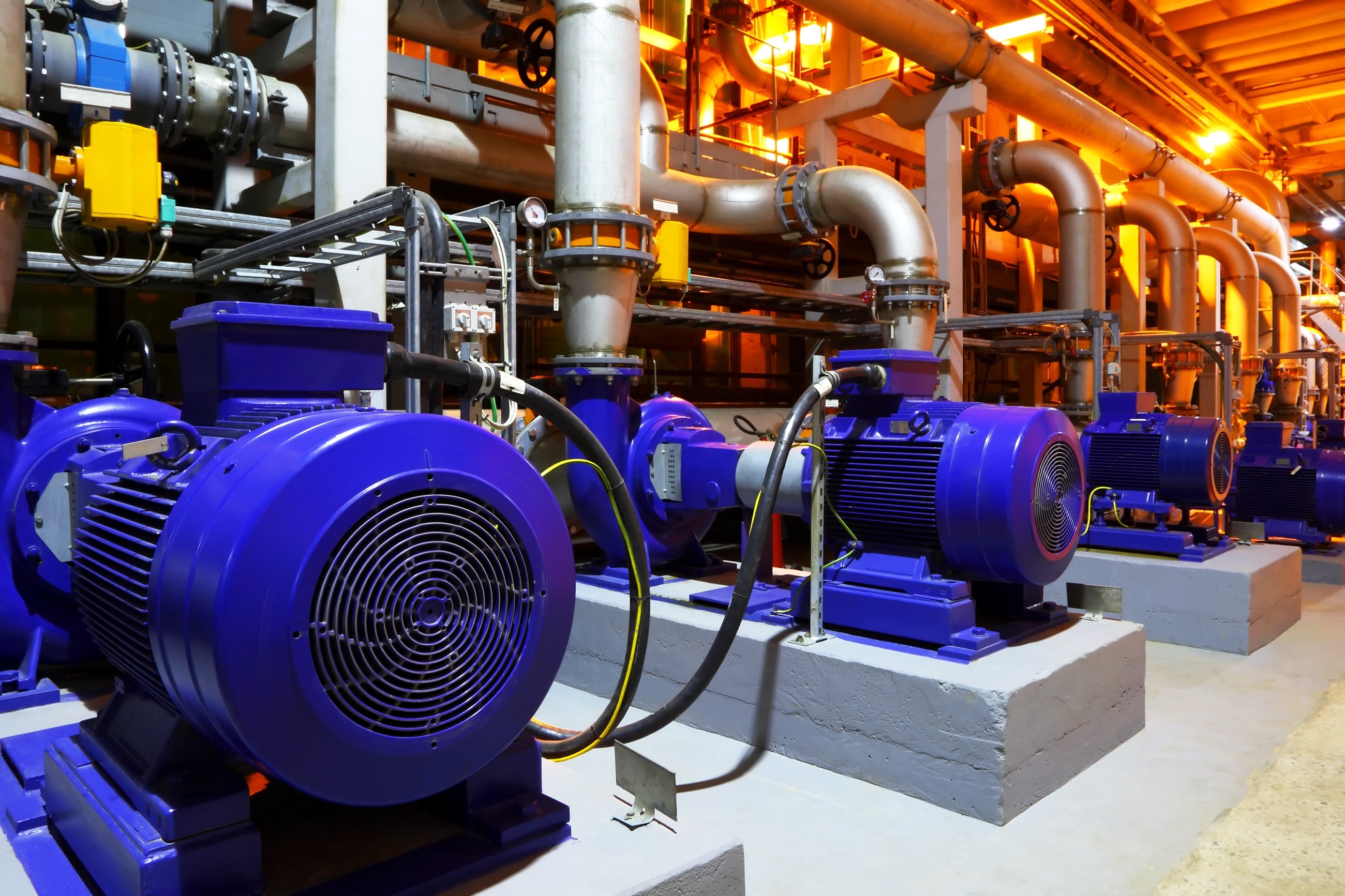Rapid Fixes for Minimal Water Pressure in Your Home
Rapid Fixes for Minimal Water Pressure in Your Home
Blog Article
In this article below you might get lots of first-rate expertise regarding 9 Reasons for Low Water Pressure in Your House.

Low water stress in your home can be an irritating issue, influencing everything from bathing to washing dishes. If you're experiencing weak water flow, there are a number of possible reasons and options to explore. In this guide, we'll review usual reasons for low water pressure and practical steps to deal with the issue effectively.
Intro to Low Water Stress
Low tide pressure takes place when the circulation of water from your faucets, showers, and various other components is weaker than common. This can make day-to-day jobs a lot more challenging and much less effective. Understanding the causes of low tide pressure is important to finding the appropriate option.
Common Sources Of Low Water Stress
Faulty Pressure Regulatory Authorities
Stress regulators are responsible for preserving consistent water pressure in your house. If they malfunction, it can lead to low tide pressure or uneven circulation throughout the house.
Metropolitan Supply Of Water Issues
Occasionally, the problem exists outside your home. Municipal water supply problems, such as main line leakages or maintenance work, can momentarily decrease water stress in your location.
Pipe Obstructions
Gradually, pipelines can become obstructed with mineral deposits, debris, or particles, restricting the flow of water. This is an usual issue in older homes with galvanized steel pipes.
Deterioration
Deterioration within pipes can bring about leaks and decreased water stress. Corrosion buildup can constrict water flow, particularly in maturing plumbing systems.
Just How to Detect Low Water Pressure
Checking Pipelines
Inspect visible pipes for indications of leaks, corrosion, or blockages. Focus on any kind of uncommon audios, such as knocking or rattling pipelines, which can indicate problems within the plumbing system.
Consulting with a Plumber
If you're incapable to determine the source of low tide stress, take into consideration employing an expert plumber to carry out a detailed inspection. They can identify underlying issues and advise appropriate solutions.
Checking Taps and Fixtures
Start by testing the water stress at various taps and fixtures throughout your home. If the problem is isolated to specific areas, it may indicate local troubles.
Do It Yourself Solutions to Repair Low Water Stress
Flushing Water Heater
Sediment build-up in the hot water heater can restrict circulation and lower effectiveness. Flushing the tank regularly helps eliminate sediment and keep ideal performance.
Examining Stress Regulator
Ensure that the stress regulator is functioning appropriately. Changing or replacing the regulatory authority can help bring back proper water stress throughout your home.
Cleaning Up Aerators and Showerheads
Mineral deposits can gather in aerators and showerheads, decreasing water circulation. Eliminate and clean these components routinely to boost water pressure.
Clearing Up Clogs in Pipeline
For small blockages, attempt utilizing a plumbing snake or chemical drainpipe cleaner to clear obstructions in pipelines. Be cautious when utilizing chemicals and follow security guidelines.
When to Call an Expert Plumber
If DIY efforts fall short to fix the concern or if you think substantial plumbing problems, it's finest to look for help from a certified plumber. They have the proficiency and devices to address complicated concerns safely and successfully.
Preventive Measures to Maintain Water Pressure
Mounting a Stress Booster
Take into consideration mounting a pressure booster pump to enhance water pressure in locations with constantly reduced flow. This can be particularly useful for multi-story homes or residential or commercial properties with high-demand fixtures.
Surveillance Water Use
Bear in mind water usage routines and prevent ill-using the plumbing system. Easy adjustments, such as astonishing showers and washing loads, can aid maintain sufficient water stress.
Regular Upkeep
Arrange regular maintenance for your plumbing system to stop problems such as deterioration, leakages, and obstructions. Attending to small issues early can aid stay clear of more significant repairs later.
Verdict
Taking care of low water stress can be frustrating, yet determining the underlying causes and implementing ideal options can restore optimum flow throughout your home. Whether it's cleaning aerators, examining pipelines, or talking to a plumber, taking positive actions can make sure a steady supply of water for your day-to-day requirements.
How to Fix Low Water Pressure In Your Home
Municipal Water Supply Issues
Scheduled maintenance, high demand, and water main breaks are all potential causes for low water pressure within a city or county’s water lines. While there’s not much you can do to personally fix a problem with your city or county’s water supply system, you can play a big role in documenting the issue and alerting those who can.
How to fix it:
Ask your neighbors if they are experiencing any issues with low water pressure. If multiple homes are affected, it’s likely related to the city’s water line. Contact the local Water Authority to see if there is any maintenance taking place that might be affecting your supply. Also let them know of your specific issues. If other homeowners report the same issues, they’ll know that there could be a larger issue to look into. Faulty Fixtures
A damaged or clogged shower head, faucet or appliance is the first thing we’d suggest checking, especially if low water pressure appears to be isolated to a specific area of your home.
How to fix it:
First, turn off the main water supply to your home. Check the affected appliances for build-up or debris. In the case of a faucet, you can simply unscrew the aerator at the tip of the faucet. Showerheads should be fully detached from the water pipe. While the appliances are detached, you may want to check the water supply to determine if the fixtures were in fact the issue. To clean, soak the showerhead or aerator in vinegar and brush off any visible debris. Reattach the fixtures and check the water pressure again. If it is still low, there is likely a deeper issue at hand, which can be determined by a professional plumber. Pipe Obstructions
Mineral deposits, rust or other debris within water pipes can lead to blockages or corrosion over time.
How to fix it:
When you think of a clog, you probably think of a drain clog. While there are many DIY solutions to clearing a drain, clogs in a water pipe will almost always require the help of a professional plumber. A plumber will be able to locate the affected pipe and clean out any debris or mineral deposit buildup. In severe cases, the pipe may need to be replaced. Your plumber might also recommend a water softening system to remove the minerals from your home’s water supply that can contribute to pipe blockages over time.
Plumbing Leak
Undetected water line leaks can divert water away from your residential pipes, reducing the water pressure in your fixtures.
How to fix it:
Check your water meter by turning off all water sources and monitoring the meter for any movement, which could be a clear indicator of a potential leak. Check all visible pipes for signs of leaking, including water stains, active dripping or damp spots around the pipe. Inspect fixtures, including faucets and showerheads, for any drips. Test the pressure but recording the pressure with the main water valve shut off. Leave off for a few hours and test again. A significant drop in pressure is a clear sign of a leak. https://kiddcoplumbing.com/plumbing-blog/how-to-fix-low-water-pressure/

As a fervent person who reads on 9 Reasons for Low Water Pressure in Your House, I imagined sharing that excerpt was a good idea. Sharing is good. You won't know, you will be helping someone out. We cherish your readership.
Call Today Report this page